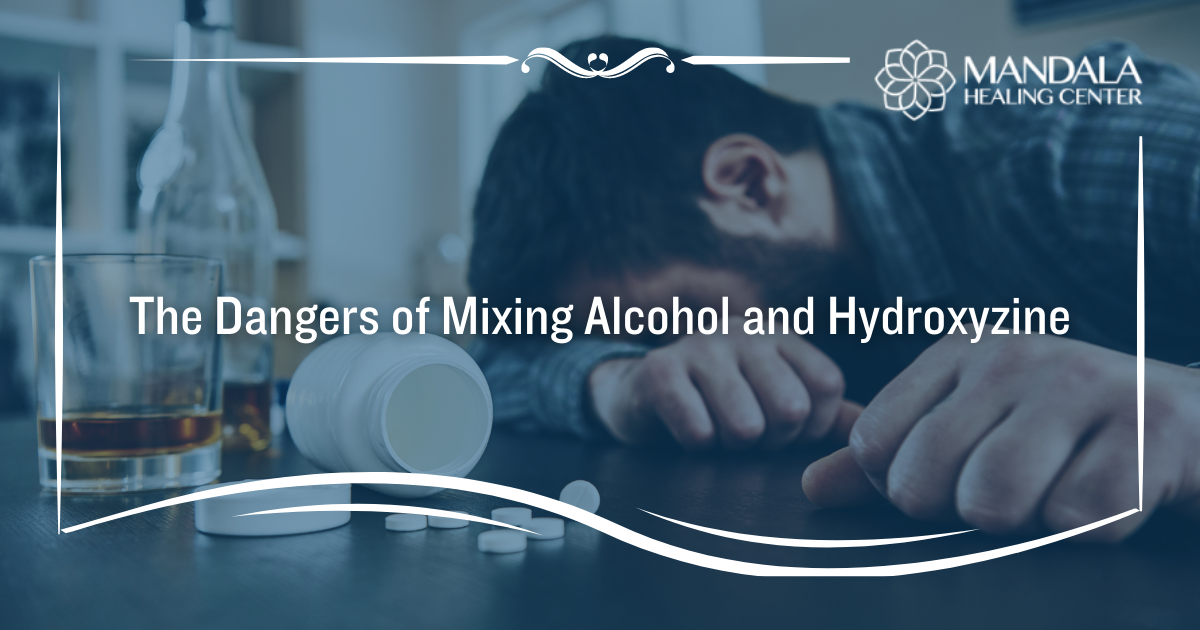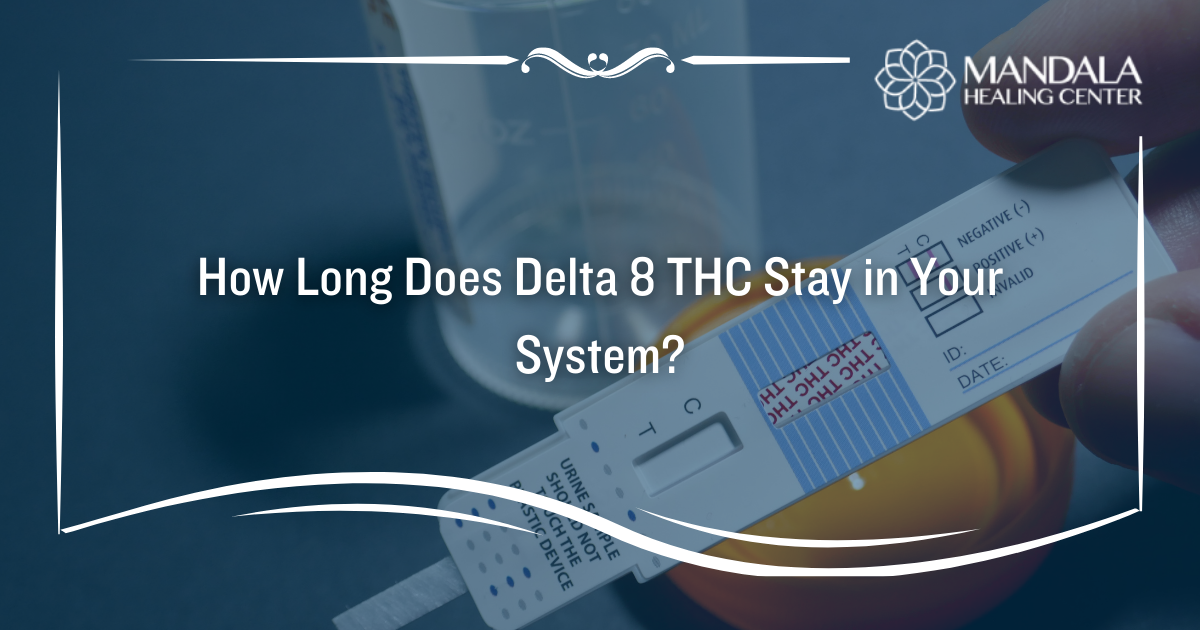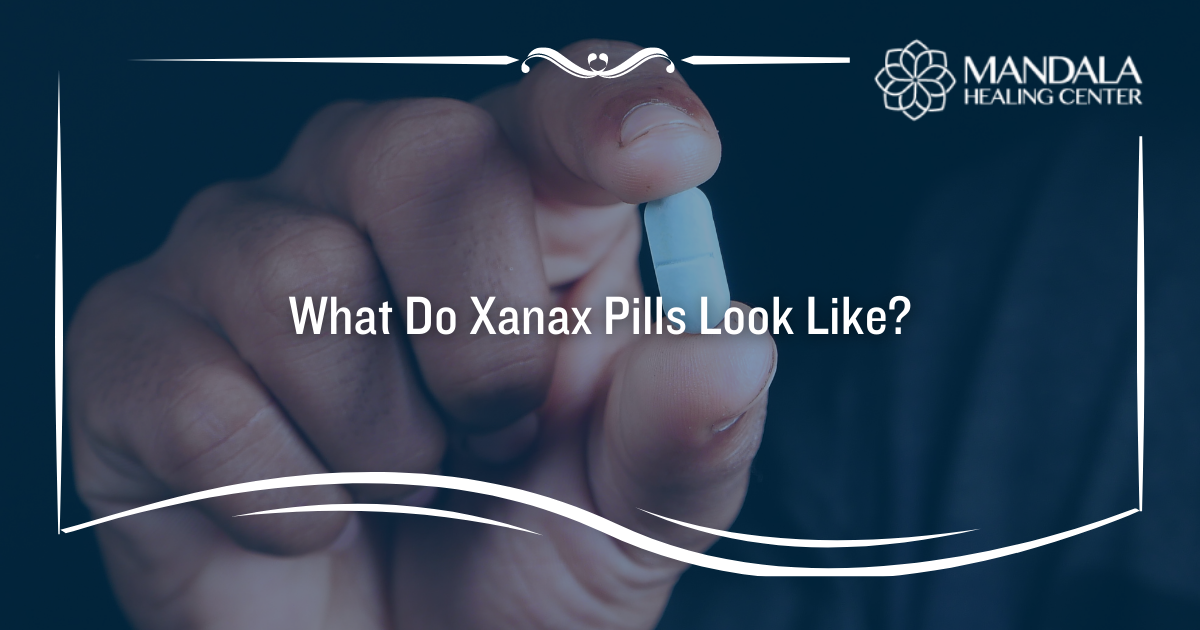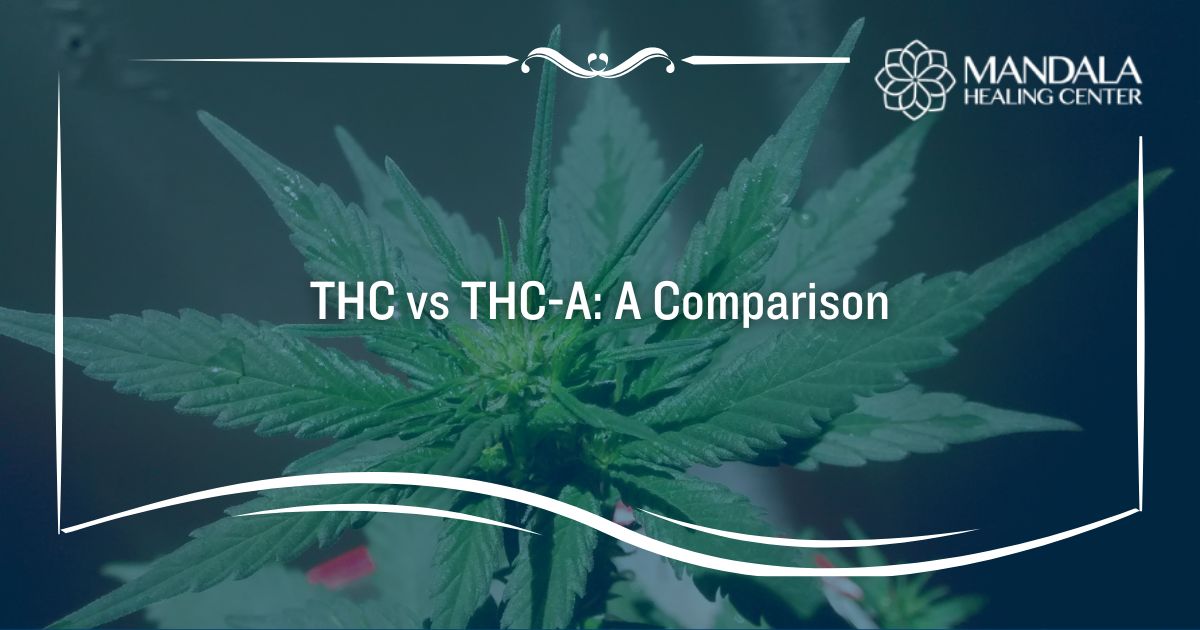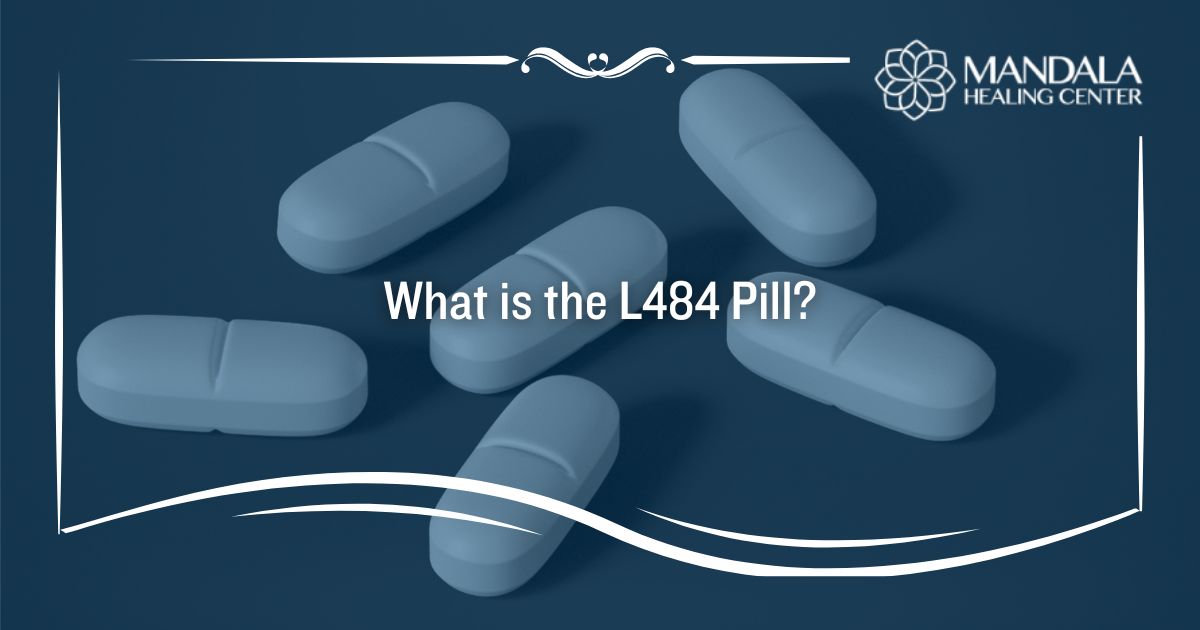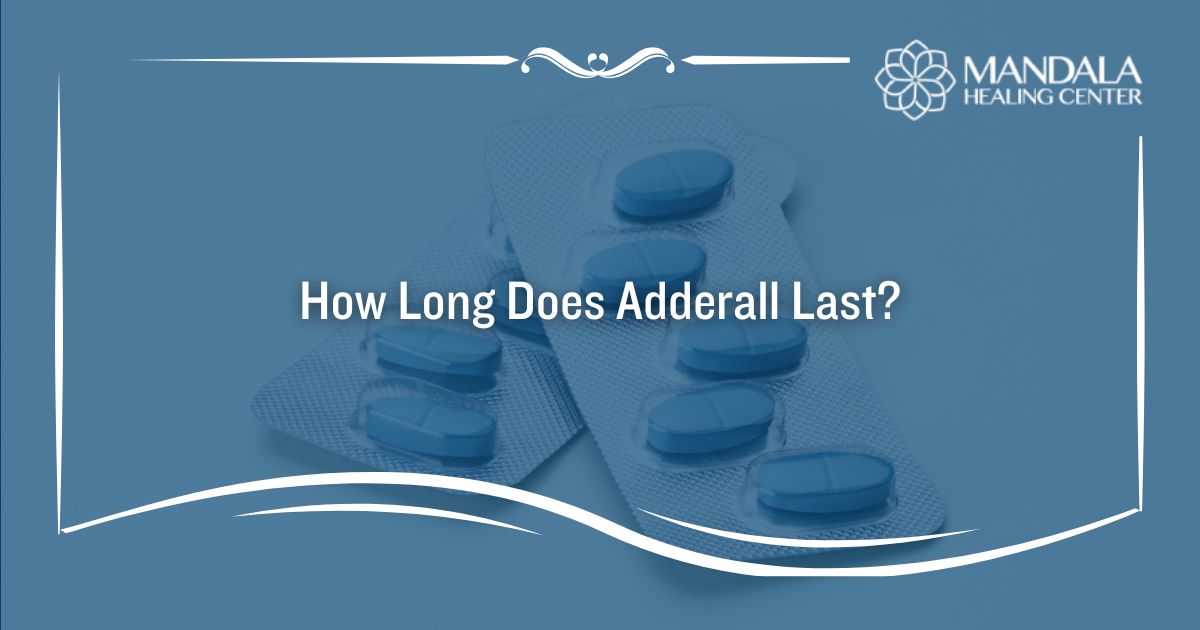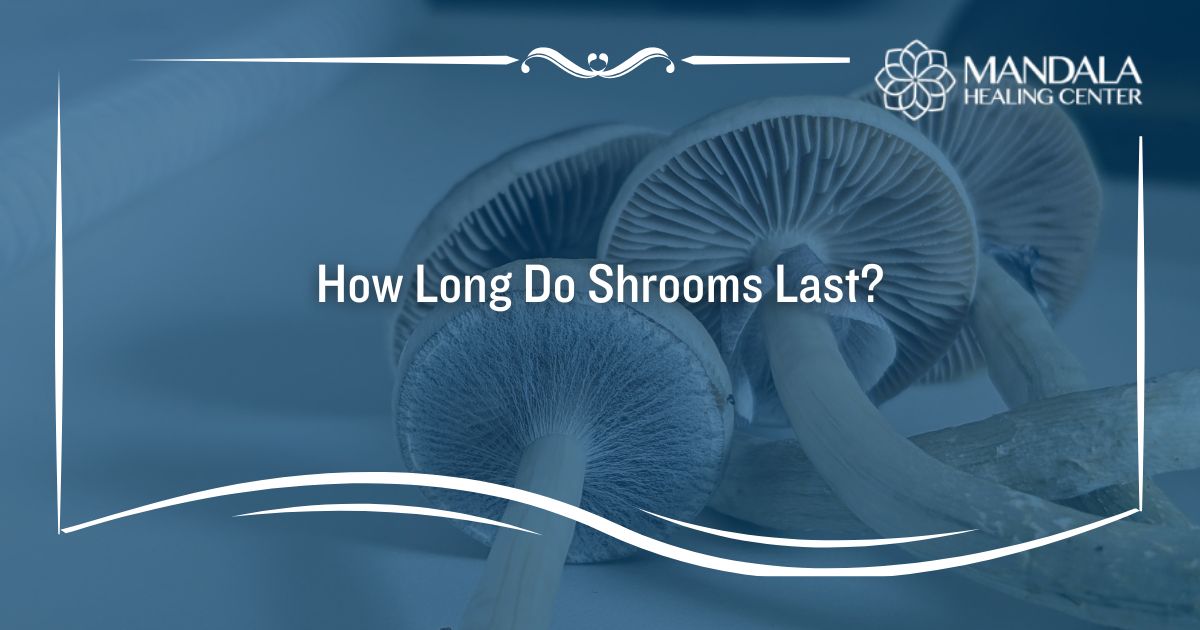Gabapentin is a prescription substance that is considered an anticonvulsant drug and a nerve medication. Doctors might use it to prevent and control seizures, relieve nerve pain, and control restless leg syndrome.[1] Gabapentin works by decreasing abnormal activity in the brain and affecting gamma-aminobutyric acid (GABA).
In most states, gabapentin is not considered a controlled substance. That said, some people abuse it to experience a euphoric high. While it takes large amounts of gabapentin to experience mind-altering effects, some people describe the feeling as similar to opioids.
Gabapentin has a half-life between 5 to 7 hours and can stay in your system for up to 35 hours.[2] Drug tests can detect gabapentin in your body for a longer period because it leaves behind metabolites in your urine, saliva, blood, and hair.
In this article, you will learn:
- What are the effects of gabapentin
- How long gabapentin stays in your system based on half-life
- How long different drug tests can detect gabapentin
What are the Effects of Gabapentin?
Gabapentin is intended to control seizures or relieve nerve pain. However, many people abuse it by taking large amounts or mixing it with other substances like opioids. Misusing gabapentin can be dangerous, especially when you are combining it with other drugs.
The side effects of gabapentin may include:[2]
- Dizziness or drowsiness
- Weakness
- Headaches
- Blurry or double-vision
- Shaking or tremors
- Memory problems
- Anxiety or nervousness
- Nausea and vomiting
- Heartburn
- Diarrhea or constipation
- Dry mouth
- Changes in appetite and weight gain
- Flu-like symptoms
Since it takes large doses of gabapentin to experience a high, abusing this substance puts you at risk of overdosing. If you notice symptoms like drooping eyes, muscle weakness, lethargy, or sedation, you should contact emergency medical services.[3]
Additionally, experiencing an overdose could be a sign that you are suffering from gabapentin addiction. If you have a hard time controlling how much gabapentin you use, you should seek professional addiction treatment.
What is the Half-Life of Gabapentin?
To understand how long gabapentin stays in your system, you need to know what a drug’s half-life is. The half-life explains the length of time that it takes your body to eliminate half of a substance. It can take up to 4 to 5 half-lives for your body to completely flush out a substance.
Gabapentin’s half-life is between 5 to 7 hours.[2] This means it can take up to 35 hours for your body to eliminate the drug. In other words, you should not take more than the recommended dose of gabapentin in 35 hours.
It is important to note that the length of time gabapentin stays in your body is influenced by several personal factors. For example, your age, weight, body fat percentage, kidney functioning, and the speed of your metabolism can all play a role. That said, most people have similar elimination times when it comes to flushing gabapentin out of your system.
How Long Can Drug Tests Detect Gabapentin in Your System?
Most drug tests do not look for gabapentin. Standard drug tests usually only look for controlled substances like opioids, marijuana, methamphetamine, phencyclidine (PCP), and cocaine. However, specialized tests can be used to determine if you have abused gabapentin recently.
When someone is testing for gabapentin, that means they are using a drug screen that looks for metabolites of the substance in a certain area of the body. Each type of drug test has different detection times for gabapentin.
Urine
Urine tests are the most commonly used type of drug test. They are considered to be minimally invasive and are relatively cheap to use. Urine tests look for metabolites left behind by gabapentin in your urine.
These tests can detect gabapentin in your system for up to three days after your last dose.
Saliva
Saliva drug tests are not used as frequently as urine tests. This is because they do not provide as accurate results as urine screens. After all, metabolites leave your saliva faster.
Saliva tests cannot detect gabapentin at all.
Blood
Blood tests are less common than urine tests because they are invasive and require a medical professional to complete a blood draw. However, they might be used in hospitals to determine if a substance is contributing to your symptoms.
Blood tests can detect gabapentin in your system for 5 to 7 hours after you last consumed it.
Hair
Hair tests are not often used for two reasons. First, they are expensive to send off to the lab. Second, hair tests tend to discriminate based on things like hair color, making the results inaccurate sometimes.
Despite this, some high-security clearance jobs use hair tests before offering employment. Hair tests can detect gabapentin in your system for up to 90 days after you last used it.
Factors that Affect Gabepentin Withdrawal and Detection
Everyone’s body is different, and some people may metabolize and eliminate gabapentin faster than others. Factors that affect this include:
- Dosage
- Duration of Use
- Frequency of Use
- Individual Metabolism
- Age
- Weight
- Liver Function
- Kidney Function
- Overall Health
- Co-occurring Substance Use
- Concurrent Medications
- Rate of Dose Reduction
- Genetics
- Form of Gabapentin (e.g., immediate-release vs. extended-release)
Find Help for Gabapentin Abuse and Addiction
If you or a loved one suffers from gabapentin addiction, it’s time to seek help. At the Mandala Healing Center, we offer evidence-based therapies to address the root causes of your addiction. In other words, we make it possible for you to achieve long-term sobriety.
Contact us today to learn more about our gabapentin addiction treatment program.
References:
- Medline Plus: Gabapentin
- The Food and Drug Administration (FDA): Neurontin Label
- Taylor and Francis Online: Characterization of gabapentin overdose using a poison center case series




